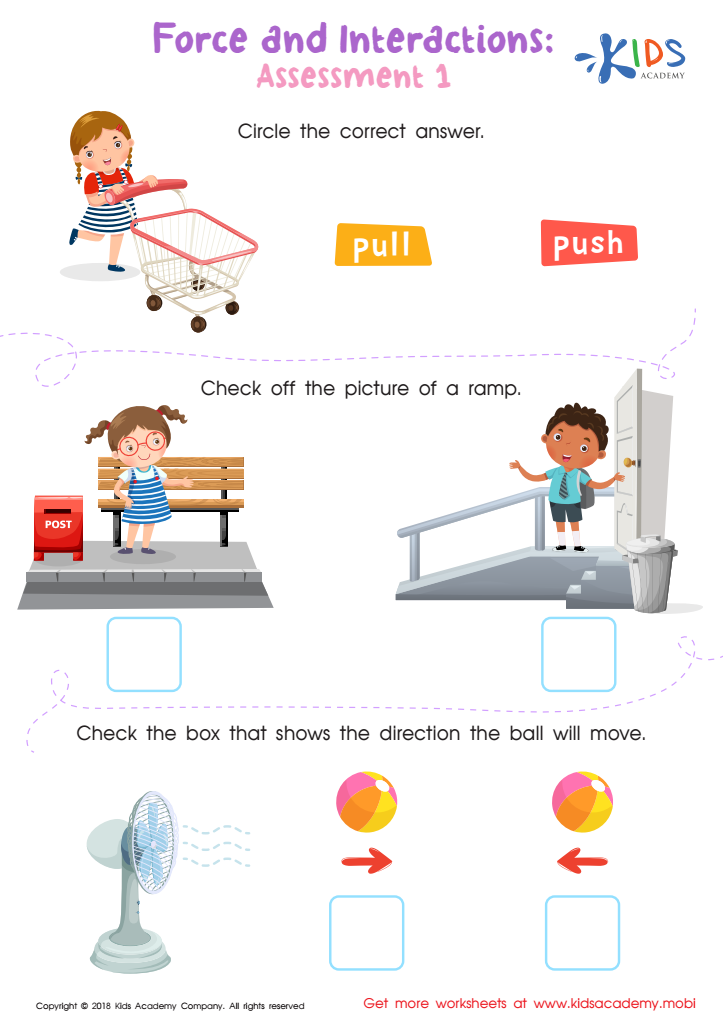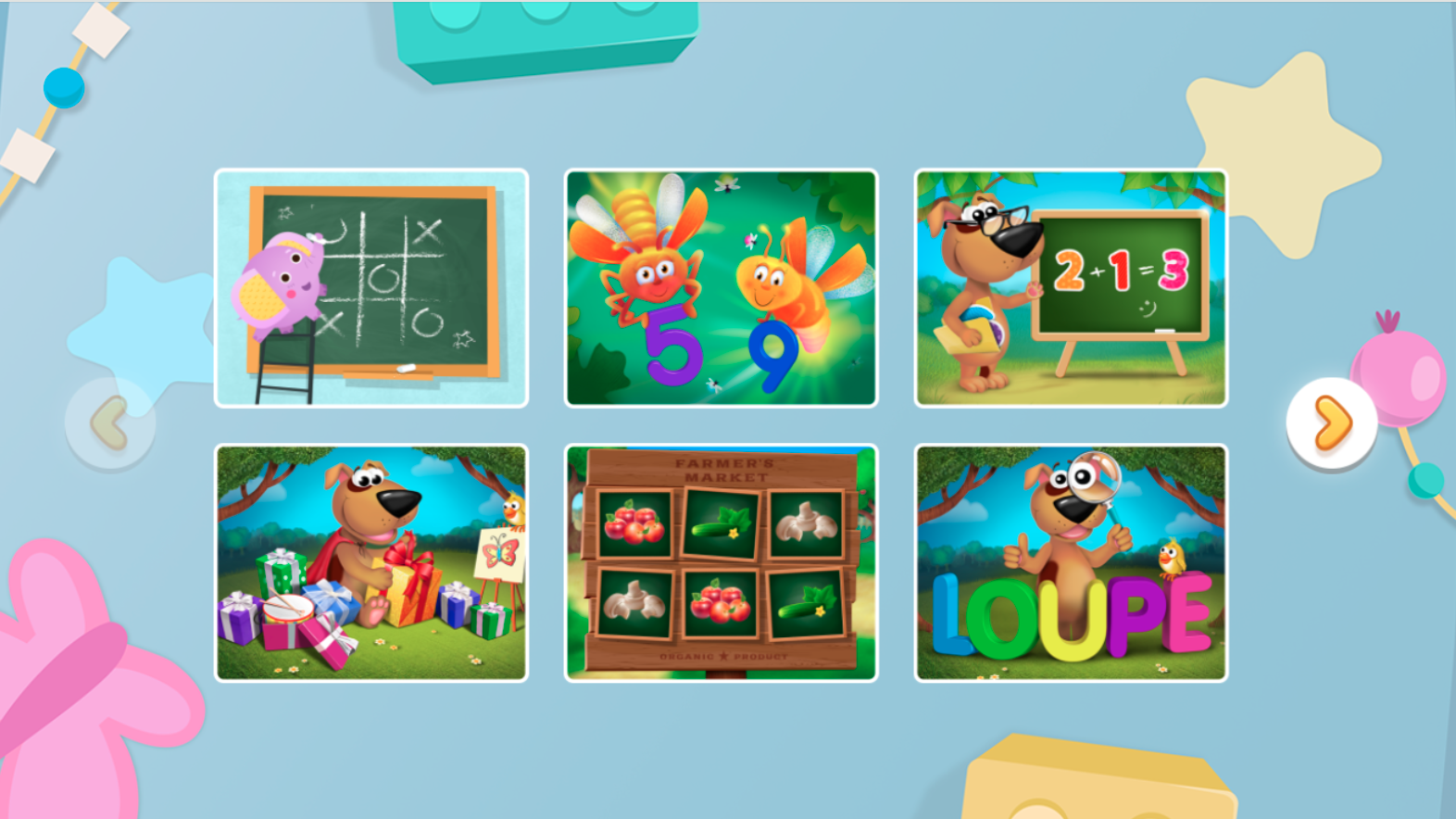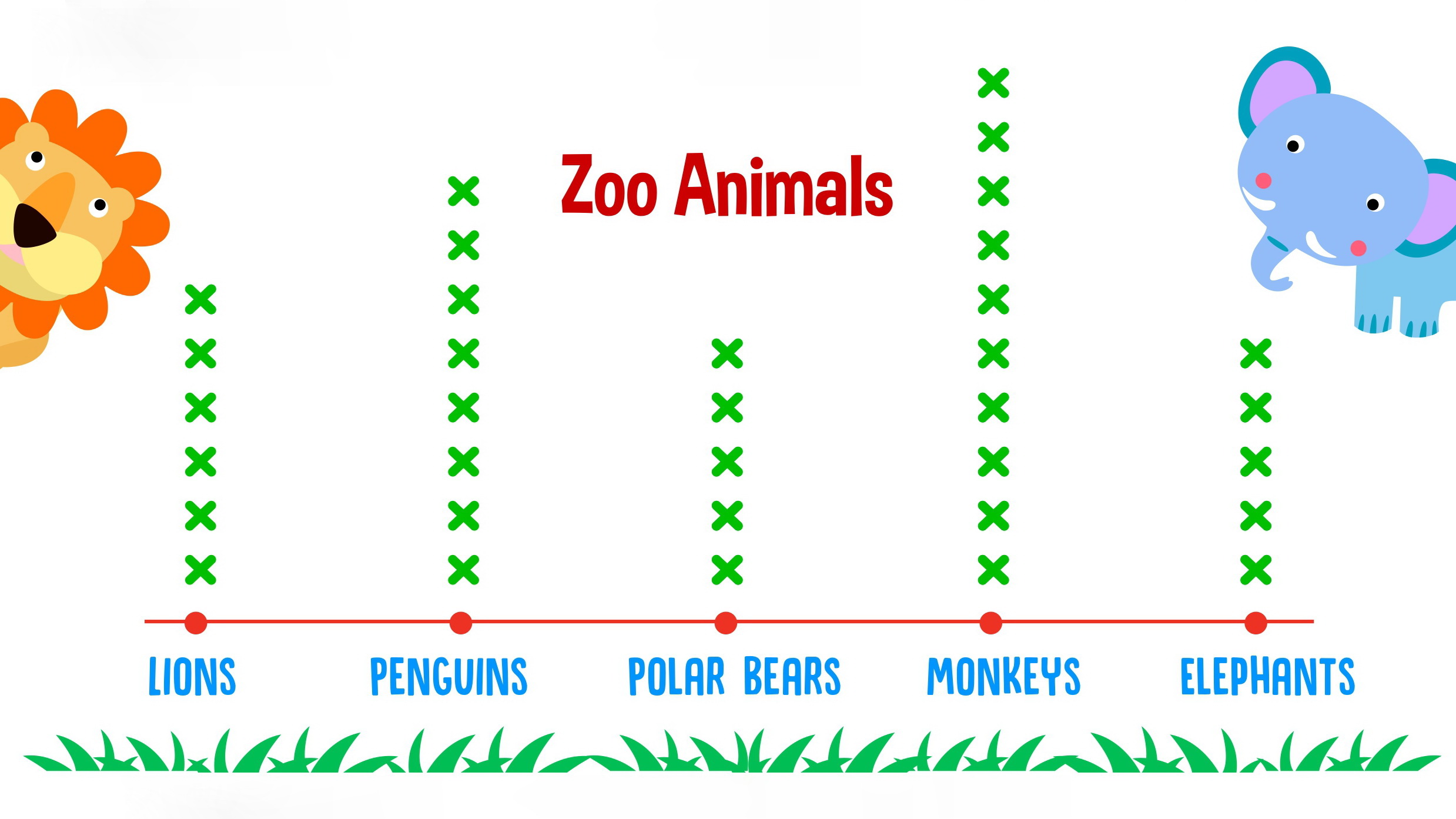Normal Science worksheets activities for 4-Year-Olds
1 filtered results
-
From - To


Force and Interactions: Assessment 1 Worksheet
Normal Science worksheets activities represent a foundational strategy in the educational realm, particularly in the context of enhancing students' understanding and engagement with scientific concepts. These structured exercises are not just beneficial; they are essential in facilitating a comprehensive learning experience for students across various age groups and educational levels.
First and foremost, Normal Science worksheets activities encourage active learning. By actively engaging with the material through problem-solving, diagram labeling, and hypothesis testing on worksheets, students are not mere passive recipients of information. This hands-on approach fosters deeper understanding and retention of scientific principles, theories, and facts, making these concepts more approachable and less abstract.
Moreover, these activities cater to diverse learning styles. Whether a student is a visual, auditory, or kinesthetic learner, worksheets can be designed to meet these varied needs. Visual learners, for example, benefit from diagrams and charts, while kinesthetic learners can engage through hands-on experiments outlined in the worksheets. This inclusivity ensures that every student has the opportunity to grasp scientific ideas in a manner that resonates with them.
Normal Science worksheets activities also serve as a tool for continuous assessment. Teachers can gauge students' grasp of the material through their responses, allowing for timely feedback and interventions. This iterative process not only aids in identifying areas of difficulty but also in celebrating areas of strength, thus enhancing students' confidence in their scientific capabilities.
Additionally, these worksheets promote critical thinking and problem-solving skills. As students navigate through various exercises, they are compelled to think critically about scientific phenomena, ask questions, and develop solutions. This not only enriches their scientific knowledge but also equips them with skills that are transferable across disciplines and invaluable in real-world situations.
In conclusion, Normal Science worksheets activities play a pivotal role in science education. They make learning accessible, engaging, and effective, thereby laying a solid foundation for students to build upon as they explore the fascinating world of science. Through these structured activities, students not only learn about scientific concepts but also develop essential skills that will serve them throughout their academic and professional lives.

 Assign to the classroom
Assign to the classroom












